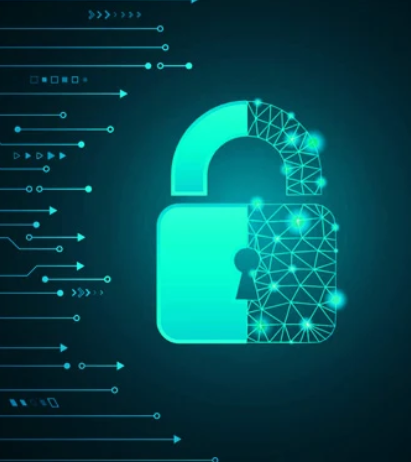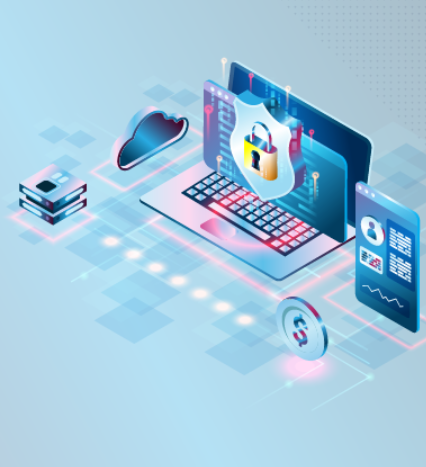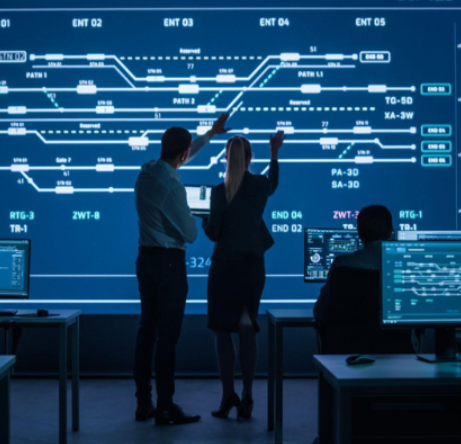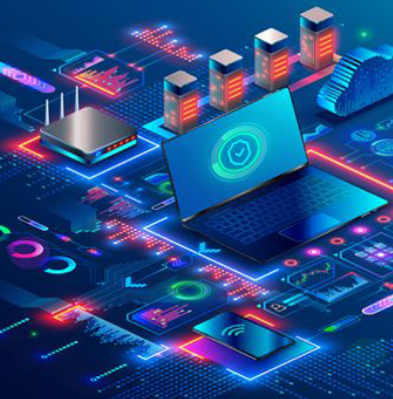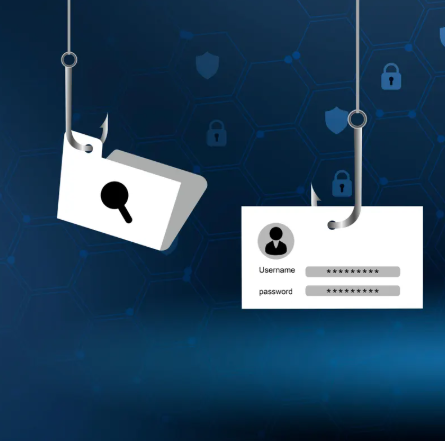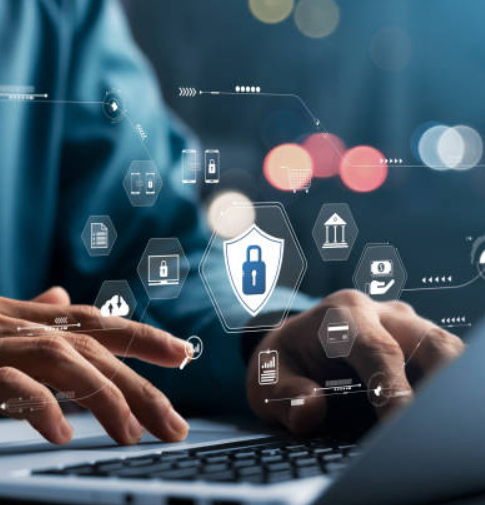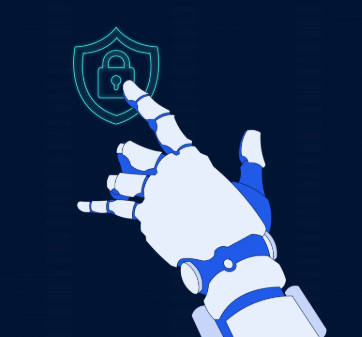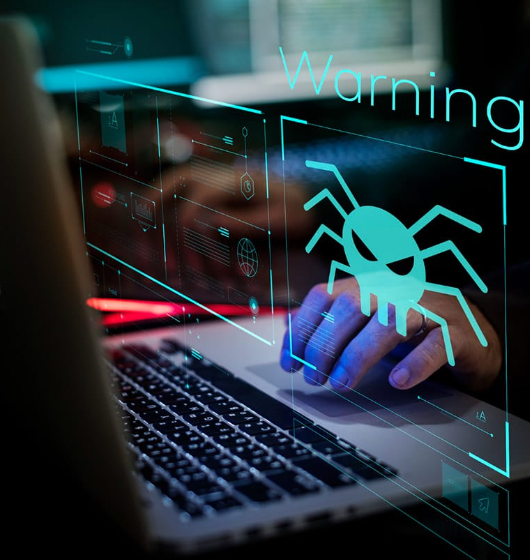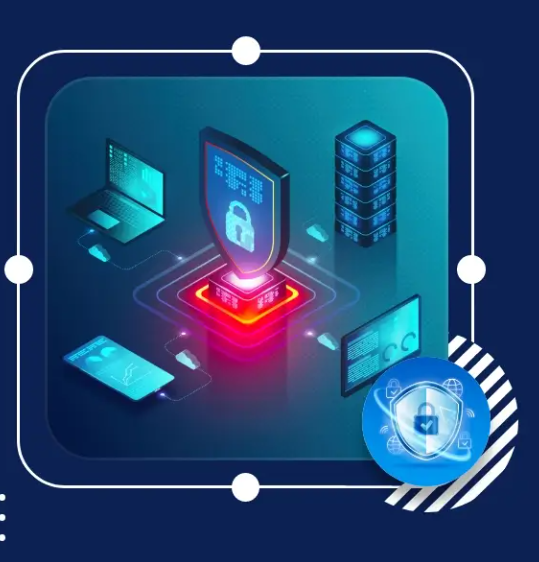
In the rapidly evolving digital world, traditional cybersecurity measures often struggle to keep up with the ever-changing threat landscape. Static defenses and periodic scans are not enough to combat the speed and sophistication of modern cyberattacks. This is why many organizations are turning to artificial intelligence (AI) to transform how they monitor and respond to security threats in real-time. By utilizing AI, businesses can quickly detect anomalies, recognize potential threats, and take action before significant damage occurs.
Why Real-Time Monitoring is Essential
Cyberattacks now happen at lightning speed. What once might have taken days to unfold can now compromise systems in mere minutes. Whether it’s ransomware or credential theft, the time for intervention is often brief. Without real-time monitoring, security teams might only discover an attack after it’s too late. AI-powered real-time monitoring offers immediate threat detection, significantly reducing response time and limiting the potential damage.
The Importance of AI in Real-Time Monitoring
- Behavior-Based Detection
Unlike traditional methods that rely on known threat signatures, AI uses machine learning to understand what “normal” activity looks like. This allows AI systems to flag unusual behavior, including zero-day or unknown attacks, as soon as they happen. - Cross-System Threat Correlation
AI can connect dots across various systems—whether endpoints, networks, cloud environments, or users—allowing it to detect complex multi-stage attacks that would often be missed in isolated logs. - Round-the-Clock Vigilance
AI systems don’t need rest. They provide consistent monitoring 24/7, making them especially valuable during off-hours when many cyberattacks take place. - Instant Alerts and Risk Assessment
AI assigns risk scores to activities based on their severity, enabling security teams to prioritize responses efficiently and reduce the risk of alert fatigue. - Continuous Learning
AI systems improve over time, continuously adapting and evolving by learning from past incidents and false positives to become more effective.
Key Advantages of AI-Driven Threat Monitoring
- Early Detection of Threats
AI can identify attacks at the earliest signs, such as abnormal login behavior or suspicious data movement, before they escalate. - Faster Incident Response
Thanks to AI’s ability to provide intelligent alerts and automate workflows, security teams can respond swiftly, reducing downtime and preventing attacks from spreading. - Lower Operational Costs
By automating threat detection and reducing false alarms, AI minimizes the need for manual intervention, allowing security teams to use their resources more efficiently. - Improved Network Visibility
AI analyzes large volumes of data to provide a clear, real-time view of network health and emerging risks, helping security teams stay ahead of potential threats. - Scalable Protection
As organizations grow, AI scales with them, continuously analyzing increasing amounts of data without sacrificing performance or accuracy.
Real-World Applications of AI in Cyber Threat Monitoring
- Phishing and Email Threat Detection
AI scans emails in real-time, identifying phishing attempts, spoofed addresses, and malicious attachments that can bypass traditional security filters. - Insider Threat Detection
By monitoring user activity, AI can detect abnormal access patterns that might indicate an insider threat or compromised account, helping prevent breaches from within the organization. - Anomaly Detection in Endpoints and Networks
AI can spot suspicious activity, such as unusual login times or unauthorized data transfers, which may indicate that endpoints or networks have been compromised. - Cloud Security Monitoring
AI continuously monitors access and configuration changes across cloud platforms, reducing the risk of unauthorized access or misconfigurations that could lead to security vulnerabilities. - IoT and Device Security
With AI, organizations can monitor connected devices in real-time, detecting signs of tampering or unusual behavior that could signify a security breach.
AI’s Role in the Future of Cybersecurity
AI is not just a tool but a fundamental shift in how cybersecurity is approached. By enabling quicker detection, more accurate threat identification, and more efficient use of resources, AI is transforming cybersecurity into a proactive, adaptive, and scalable system. As cyber threats continue to grow in complexity and frequency, AI’s role in real-time monitoring will only become more vital in ensuring the safety and integrity of digital infrastructures.


